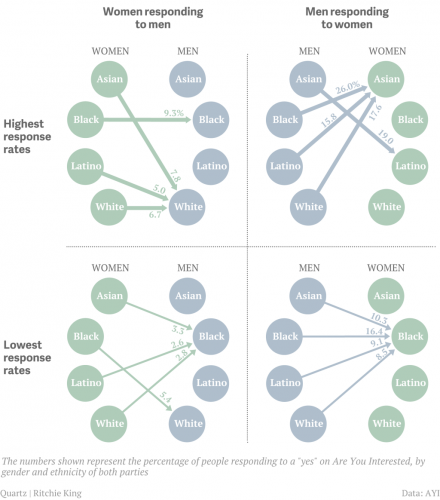I’m working my way through a response to Sarah’s incisive and provocative posts on Drone Sexuality. But, I realized that I need to get some preliminary arguments on the table before I get into the thick of my response. In particular, I want to focus on what Sarah identifies as the ambivalence at the center of drone/cyborg eroticism; this ambivalence is, as I have argued in this article, deeply racialized. In what follows I’ll first explain my reading of Sarah’s point and then follow that up with the relevant excerpt from the article.
In her second post in the Drone Sexuality series, Sarah argues:
I think something particular is going on when cyborgs are sexualized. Transgression is erotic in itself, often powerfully so, and we tend to construct the blurring of the line between human and non-human as strongly taboo. Like all sexual taboos, we feel ambivalent toward it, experiencing fear and revulsion at the same time as we’re fascinated and deeply attracted by the idea…So cyborgian transgressiveness is exactly why we find it so sexy. A sexualized cyborg is at once submissive and potentially dominant, alluring and threatening, subservient and powerful. (emphasis mine)
Sarah’s claim that cyborgs are sexualized, and that this sexualization manifests as an ambivalence, as a tension between submission and dominance, allure and threat, is, I think, absolutely correct. I’ll give some evidence to support her claim, and my assessment of her claim, in the long passage that follows below. I want to push Sarah’s claim further, and consider how this ambivalence is racialized in terms of a black/white binary. I should clarify that I’m talking about race primarily as a system of social organization and less as a matter of personal identity. “White” and “black” express an individual’s, group’s, or phenomenon’s position in white supremacist society: those whom white supremacy benefits are “white,” those whom it oppresses are “black.” The tl;dr of this passage is that we whiten the beneficial, alluring, submissive and subservient aspects of cyborg sexuality, and we blacken the dominant, threatening, and powerful aspects of cyborg sexuality. In other words, we parse our ambivalence about cyborg sexuality along a racialized virgin-whore dichotomy.








